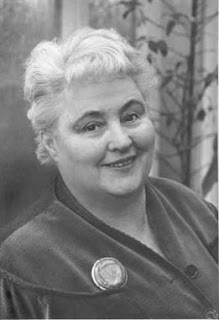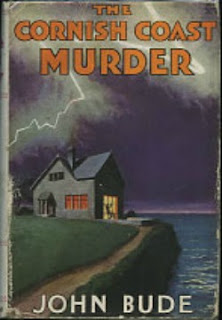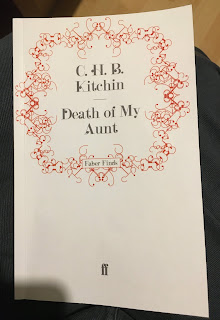Why Christmas is a good time for a crime story
The dark days leading up to the festive season, when people face the prospect of meeting up with distant relatives and staying in cold and uncomfortable houses, has inspired many a good Christmas crime story.This collection brings together
some top crime writers
There is always the prospect of the house being cut off because of severe weather and of ancient grudges resurfacing as the wine flows.
Most of the Golden Age detective novelists have had a crack at a Christmas crime story either in the form of a full-length novel or a short story.
Many of these have recently been reprinted and given new front covers and are now entertaining a brand-new audience.
Some have been made into films that provide perfect entertainment for people replete with Christmas dinner as they snuggle down in front of the fire and watch other people’s Christmas parties ending with a murder.
The four Queens of Crime all turned out their fair share of Christmas murder mysteries, many of them going on to become popular films.
Their short Christmas stories were originally written for magazines, but we are now able to enjoy them again as they come out in anthologies.
I can recommend a short story by Margery Allingham, The Case Is Altered, which has been included in Murder Under the Christmas Tree – Ten Classic Crime Stories for the Festive Season.
 |
| Margery Allingham's short story is well worth reading |
Campion finds himself sharing a railway carriage with some of his fellow guests and even before the train reaches its destination, a station near a country house called Underhill, he is aware of tensions between some of the people who have been invited.
A note pushed under the door of the neighbouring guest room adds to his feeling of unease and even though the recipient thinks he is being invited to a romantic tryst, Campion has the feeling something more sinister is going on.
In less than 25 pages, Margery provides us with an intriguing mystery, that is full of Christmas atmosphere and shows her detective, Campion, at his best as he solves the case in his usual self -effacing way.
Murder Under the Christmas Tree, published by Profile Books, also has stories by Dorothy L Sayers, Arthur Conan Doyle, Edmund Crispin and G K Chesterton.













